Jun 04, 2025
Author:Sam Wonder
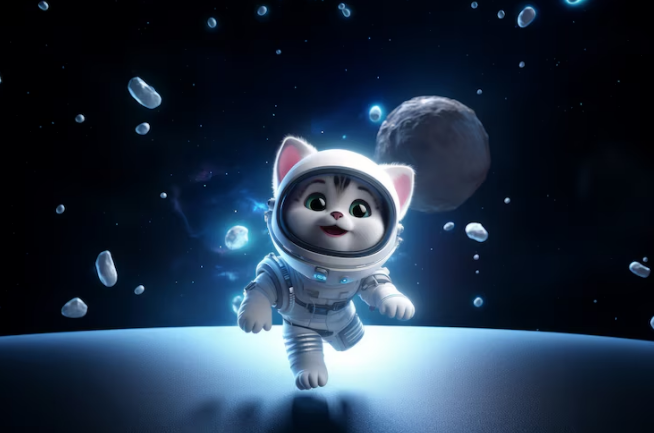
They weren’t sidekicks. They weren’t background noise. They were the show. Cartoon cats have clawed their way into pop culture like no other animated animal. From sarcastic lasagna-lovers to slapstick troublemakers, these feline icons didn’t just entertain—they left a mark. You’ve quoted them. You’ve watched them sabotage dogs, chase birds, and nap through chaos. But here’s the thing: some names always rise to the top. And this list pulls no punches.
We’re ranking the most famous cartoon cats ever to hit TV. Not by fluff. By impact, popularity, and staying power. And while you’re here, think about this: for all the attention these cats got, how are your own pets doing when you’re not home? (We’ll touch on that too.)
TV gave us plenty of characters to root for. But when a cat steals the scene—and the merch, the ratings, and the punchlines—you know you’re looking at something bigger than a gag.
These 20 cats didn’t blend into the background. They shaped shows, sold out toy aisles, and built decades of fandom. Some were chaotic. Some were chill. A few barely spoke, and still became unforgettable.
Here’s who made the cut, and why their legacy holds up.
1. Tom (Tom and Jerry): Tom didn’t need words. Every chase, every faceplant, every scheme gone wrong? Classic. His endless feud with Jerry turned physical comedy into a global language.
2. Garfield (Garfield and Friends): Lazy. Sarcastic. Obsessed with lasagna. Garfield made hating Mondays a personality trait. His deadpan delivery and slow-burn humor still work decades later.
3. Sylvester (Looney Tunes): Lisp included, Sylvester’s role as the desperate bird-hunter gave him serious airtime across multiple eras. Always hungry, rarely successful, endlessly quotable.
4. Felix the Cat (Felix the Cat): Before most people even owned TVs, Felix was already an icon. That grin. That walking cane. That bag of tricks. He helped define what an animated cat could be.
5. Scratchy (The Simpsons): You don’t survive decades as a parody without good material. “Itchy & Scratchy” turned cartoon violence into art. And Scratchy’s pain was always the punchline.
6. Stimpy (The Ren & Stimpy Show): Weird? Definitely. But his over-the-top expressions and unpredictability gave the show its chaotic spark. Gross, bold, unforgettable.
7. Top Cat (Top Cat): TC wasn’t a street cat. He ran the alley. With his smooth-talking schemes and loyal gang, Top Cat blurred the line between leader and lovable scammer.
8. Hello Kitty (Hello Kitty's Furry Tale Theater): Minimalist by design, but globally massive. Hello Kitty’s soft-spoken presence and stylized world captured an entire aesthetic—and a cross-generational audience.
9. The Pink Panther (The Pink Panther Show): Cool without saying a word. The Pink Panther moved with style, charmed without effort, and made mischief look elegant.
10. Meowth (Pokémon): One of the few Pokémon that speaks English—and has real character depth. Meowth’s sarcasm and loyalty to Team Rocket gave him standout status.
11. Snowball II (The Simpsons): Not always front and center, but consistently part of the show’s emotional backdrop. Snowball II became a quiet fixture in a chaotic household.
12. Cheshire Cat (Various TV adaptations): That grin never faded. The Cheshire Cat’s eerie confidence and cryptic behavior have popped up in dozens of TV reimaginings, each one different, none forgettable.
13. Sagwa (Sagwa, the Chinese Siamese Cat): Elegant and thoughtful, Sagwa offered cultural storytelling through the lens of feline mischief and responsibility. Educational and heartfelt without losing charm.
14. Puss in Boots (TV adaptations of Shrek): Suave and dramatic, Puss became more than a side character. With spin-offs and series appearances, his swagger made him a staple.
15. Luna (Sailor Moon): More than a talking pet. Luna was a mentor, a guide, and a serious force in the magical girl genre. Her wisdom held the group together.
16. Gumball (The Amazing World of Gumball): Technically a cat, visually wild. Gumball’s offbeat animation style and sharp humor made him a standout for a generation raised on absurdist cartoons.
17. Eek! (Eek! The Cat): Kind-hearted to a fault, Eek’s positivity clashed hilariously with the chaos around him. A sleeper hit that still has a cult following.
18. Salem (Sabrina: The Animated Series): Sarcastic, cursed, and constantly scheming. Salem’s blend of dry humor and magic gave the show its wit and edge.
19. Chloe (The Secret Life of Pets: TV Specials): Snarky and unapologetic, Chloe captured every cat’s “don’t care” vibe perfectly, without making it annoying. She played indifferent really well.
20. Heathcliff (Heathcliff and the Catillac Cats): Before Garfield took over, Heathcliff was the street-smart troublemaker with attitude. His swagger and street antics gave him serious airtime in the ’80s.
These cats shaped how TV saw pets, personalities, and punchlines. Each one brought something different to the screen—and some of them, like Garfield, even shaped how we think about pet routines.
Not every cat made the same impact. Some became household names. Others stayed cult favorites. What separates them? Cultural stickiness. The kind that shows up in memes, Halloween costumes, reruns, and merch aisles decades after a show ends.
We ranked the cats based on three criteria:
● Longevity in public memory
● Merchandise influence and licensing presence
● Appearances and references across media platforms
This isn’t a nostalgia ranking. It’s a relevance check.
Top Tier – Pop Icons
These cats go beyond animation. They're branded into pop culture, quoted, and instantly recognizable—even to people who’ve never watched the original shows.
● Garfield – Syndicated globally, reinvented across formats, and still driving pet-themed branding everywhere.
● Tom (Tom and Jerry) – One of the most rerun cartoon cats worldwide. Instantly recognizable.
● The Pink Panther – Defined cool. Minimal lines, maximum brand appeal.
● Hello Kitty – A licensing empire. Her face moves products, not plots.
● Meowth – The face of feline representation in one of the most profitable franchises ever.
Second Tier – TV Legends
These cats didn’t take over the world, but they ruled the screen in their prime and still get name drops.
● Sylvester – A Looney Tunes core character with staying power.
● Top Cat – Less global appeal, but a leader in '60s animation influence.
● Salem – More iconic in live-action, but his animated version carried the same bite.
● Heathcliff – Overshadowed over time, but still strong in retro circles.
● Puss in Boots – Carried the franchise in spinoffs. Big energy, smaller footprint on TV.
Third Tier – Cult Status or Niche
Still loved, still referenced—but not front of mind for most casual viewers. Their impact lives on in tight fan circles and genre-specific discussions.
● Sagwa – Strong educational value, but faded from mainstream.
● Eek! – Cult status, especially for '90s animation fans.
● Chloe – Memorable for modern audiences but not built to carry a legacy.
● Luna – A strong presence in anime fandoms. Less known outside them.
● Scratchy – Critical to The Simpsons universe, but more a concept than a standalone icon.
● Snowball II – Consistent, not loud. Always there but rarely leading.
● Stimpy – Polarizing. Unforgettable to some, completely unknown to others.
● Gumball – Big in specific age groups, not as dominant across generations.
● Cheshire Cat – Recognizable, but fragmented across adaptations.
How we rank these cats reflects how audiences evolve—and what characters stick with them. Some cats lead with personality. Others with design. A few still show up in how we treat pets today.
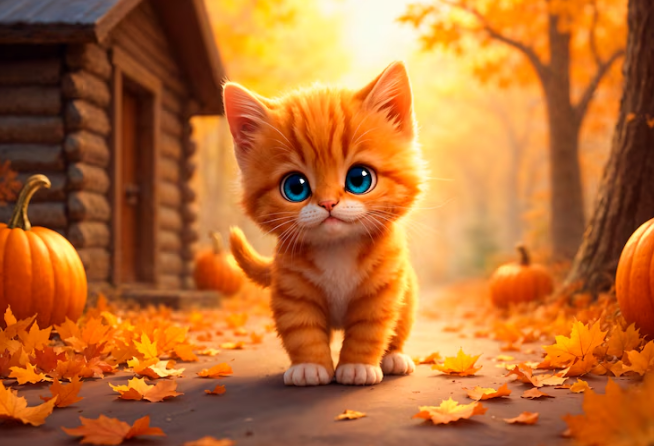
TV cats had it easy. Meals showed up off-screen. Water never ran dry. Emotional care? Handled with a laugh track.
But in real life, your pet’s health depends on systems, not scenes. That’s where automated tools close the gap between cartoon convenience and actual responsibility. WOpet builds that bridge with real, responsive technology.
Precision Feeding Without the Guesswork
Garfield could overeat for comedic effect. Your cat can’t. WOpet’s automatic smart feeders allow pet owners to schedule and portion meals with exact control. Through the WOpet Life app, you can set feeding times that stay consistent, even when your schedule shifts. This consistency helps prevent overeating, food anxiety, and weight-related health issues common in domestic cats.
The feeders are sealed, mess-resistant, and built to maintain food freshness between servings. That means you’re not gambling with open bowls, moisture damage, or schedule delays.
Hydration Built Around Clean Flow and Quiet Delivery
Stale water is a non-starter for cats. Most prefer fresh, moving sources—and when they don’t get them, they often drink less than they should.
WOpet’s pet water fountains provide a continuous filtration system that keeps water circulating and clean. These units operate quietly and use multi-layered filters to eliminate sediment, hair, and chlorine residue. It supports hydration in a way a bowl never can.
For long-haired breeds, this matters even more. Reduced whisker stress, less bacterial buildup, and proper fluid intake all reduce the risk of urinary tract problems and kidney strain.
Interaction When It Counts—Not Just When It’s Convenient
Cartoon cats never got anxious. Real ones do. The interactive treat dispensers with HD video and two-way audio let you support emotional stability during separation. Whether you’re at work, running errands, or traveling, these devices let you reinforce presence with voice and visual cues.
You can deliver a treat at random, speak directly to the pet, and watch how they respond in real time. This adds behavioral feedback into your care routine—essential for cats that react strongly to absence or routine disruptions.
Smart pet care doesn’t require overcomplication. It requires tools that match behavior with response. While fictional cats could afford missed cues, real pets can’t. WOpet aligns care with reality, not animation.
Cartoon cats made us laugh, roll our eyes, and memorize catchphrases. But they also gave us a lens—one that framed the quirks, needs, and routines of real cats in a way we couldn’t ignore. Behind the punchlines were behaviors we now understand more deeply: the need for routine, the importance of clean water, the subtle ways cats communicate stress, hunger, or contentment.
We revisited 20 of the most unforgettable feline characters to ever appear on TV. Some ran the show. Others stole it with a single look. Each one reflected something real about the pets we live with today—from their independence to their unpredictability. We also unpacked how their pop culture relevance endures, why their routines matter more than most people realize, and how smart care strategies—grounded in behavioral science—help meet those same needs more reliably in real life.
Technology now fills the gap between what cartoons could fake and what our pets actually need. WOpet brings that into focus. While TV cats had convenience scripted in, WOpet offers it where it counts—on your schedule, in your home, for your pet.
Label:
Popular Post
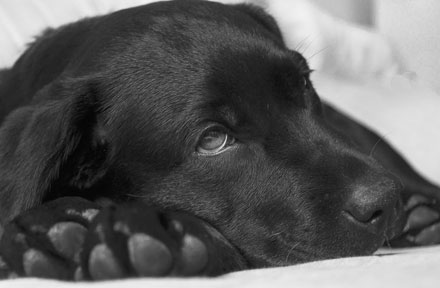
What to Feed a Sick Dog With No Appetite? [2025 Guide]
May 16, 2023
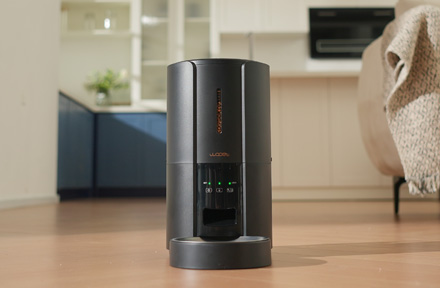
Troubleshooting Common Issues with Automatic Pet Feeders: Tips & Tricks for Pet Owners
Oct 26, 2023
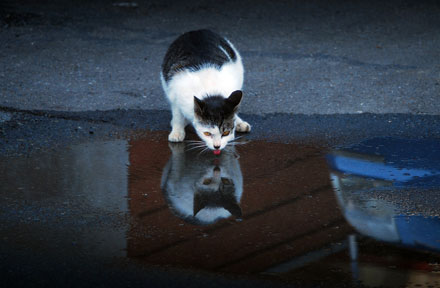
Why Does My Cat Cough After Drinking Water? 8 Potential Reasons
Mar 13, 2023
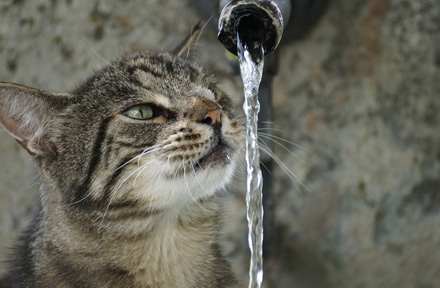
Why is My Cat Throwing up Water? Top 5 Causes Here
Feb 08, 2023
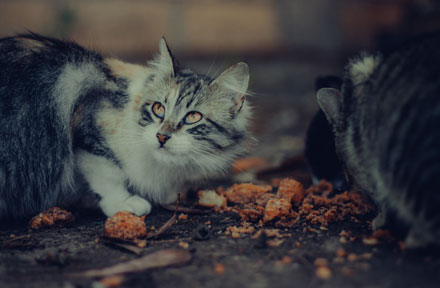
My Cat Only Eats A Little at A Time - What to Do?
Feb 27, 2023
$99.99
$129.99
Copyright © 2025 WOPET. All Rights Reserved.